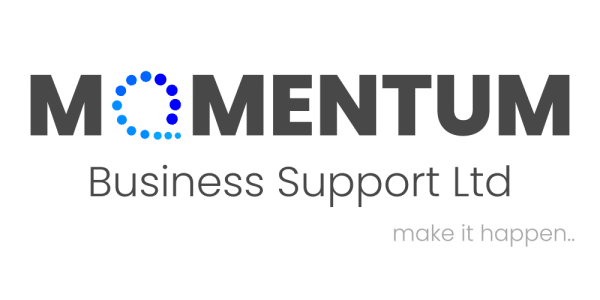The Impact of Mobile Optimisation for SMEs

With the rise of smartphones and tablets, optimising your website for mobile devices has become essential for any business. In fact, it’s especially crucial for small and medium-sized enterprises (SMEs) to have mobile-friendly sites. Why is that, you ask? Simply put, mobile optimisation enhances user experience by improving site speed, reducing bounce rates and increasing user engagement, all of which contribute to higher conversion rates and greater ROI.
Consider this: about 70% of web traffic comes from mobile devices. If your website is not optimised for mobile devices, you’re missing out on a massive number of potential customers. Additionally, Google has announced that mobile optimisation is part of their search algorithm, which means that if your website is not mobile-friendly, you’ll likely have a poor search ranking.
Beyond these benefits, mobile optimisation can also boost brand credibility. A mobile-friendly website shows that a business is current, reliable, and trustworthy. On the other hand, a non-mobile optimised website can make a business seem old-fashioned and out of touch.
So, how do you optimise your website for mobile devices? Here are a few key steps that you can take:
Ensure that your website is responsive: A responsive website changes its layout dynamically to fit the screen size of the device being used, without altering the content.
Make sure your website is easy to navigate: Mobile screens are small, so it’s important to make sure that your site is easy to navigate. Use clear, concise headings and subheadings, and ensure that buttons are large and easy to press.
Reduce load time: A slow-loading website can be frustrating for mobile users. Ensure that your images and videos are optimised for mobile viewing and that your website’s code is streamlined.
Mobile optimisation can be the difference between losing potential customers and converting them into loyal clients. With its potential to improve user experience and boost conversion rates, it’s no wonder that more and more businesses are prioritising mobile-friendly websites. So, if you haven’t already, it’s time to invest in mobile optimisation and ensure your website is mobile-friendly.
If you’d like to find out more about mobile optimisation or require any other business support, please do not hesitate to get in touch. We are always happy to help.
T: 01903 688789 E: makeithappen@mbsmih.com




